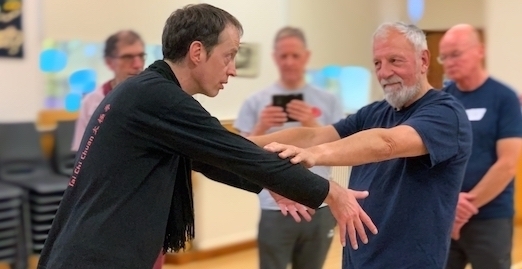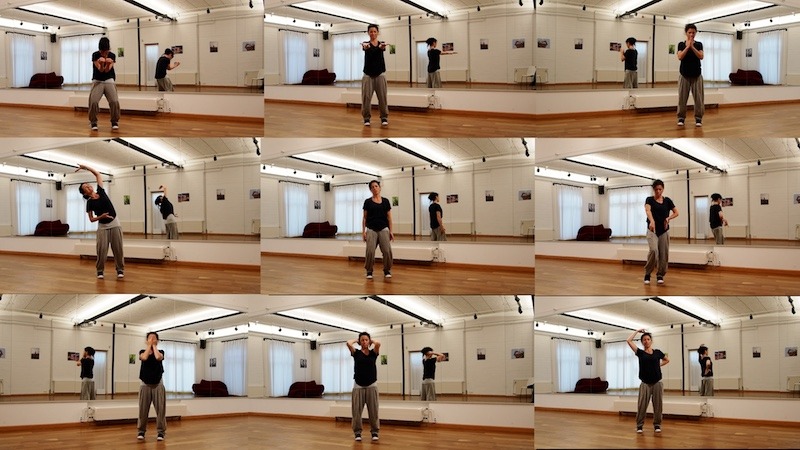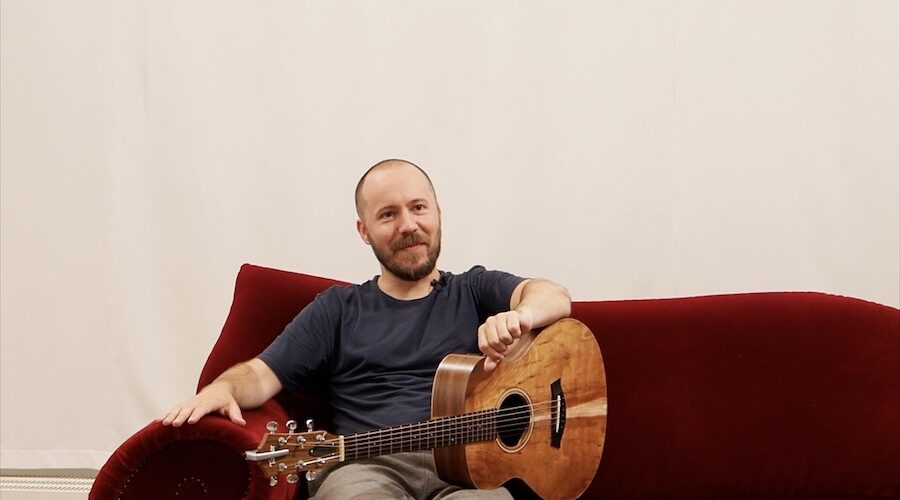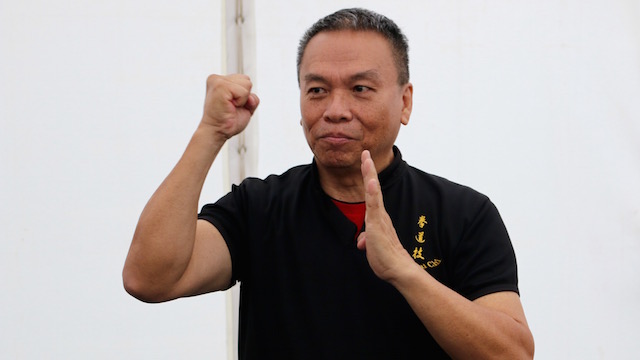In both Taijiquan and Qigong, the ideal is to create an energy flow through the whole body. Concerning the limbs this would mean from the feet to the hands — ideally to the very tips of the fingers.
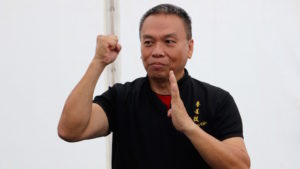
To achieve this, every practitioner has to get to know the structure of hands and fingers and the interplay of bones, ligaments, tendons and muscles first. In Taijiquan as well as in Qigong there are helpful pictures that support the right posture (letting a stream of water flow out of the middle of the palm, shooting an arrow), but without practice of the inner connections the movements risk to remain empty and external. The health furthering aspects of Taijiquan and Qigong are also meant to be transferred into daily life. – How is that supposed to work with powerless hands?
Now, one way would be to look into an anatomy book and learn all the pieces of the hand and their muscular interactions. This is fine as an addition, but Qigong and Taijiquan always focus on practice and on developing a feeling for the movements, which takes us beyond books and muscular exercising. The best way to get access to your fingers is exercising and massaging them.
Taiji & Qigong Finger Exercises Videos
Lau K. King, a Taiji and Qigong teacher from Malaysia, will share three sets of exercises with you. The first two videos cover simple exercises for beginners and a self-massage for the fingers. The third video contains an advanced finger training for Taijiquan and Qigong. It discusses the connection of yi (intention) to fingers and hands and consists of exercises which involve the whole body.
All three sets of exercises work with the activation of acupuncture points. They are suitable as a daily routine or as warm-up training at the start of a Qigong class or a sparring session.
Video 1: Taiji & Qigong Finger Exercises
Strengthening your fingers through finger exercises and finger massage
The focus of these strengthening exercises does not lay in the repetitive tensing of the muscles of one hand to counteract the impact of the other hand. The secret lays in feeling and hearing inside. What is happening in your hands? As you are the initiator as well as the target of the move you can learn a lot about power exchange. Always “take” the incoming power (leading it away). Do not hold against it and most importantly: do not hit yourself too hard.
The strengthening lays in the softening effect. It is created in repetition over time, not in producing pain and “hardening” the palms in a superficial way by creating shockwaves and teaching the body how to come to terms with them.
The same goes for the stretching exercises: first pull slightly, then gradually a bit more. Coordinate this movement with your breath. Do not tear at your sinews with all your strength in the hope of a quick development. Take your time, especially when you feel pain. Learning to be patient with yourself is part of the softening, part of the flow.
Video 2: TAIJI & QIGONG FINGER MASSAGE
Developing soft strength
The strength in Qigong, and also in healing and martial arts, lays in the change from soft to hard. The key in the internal arts is the cultivation of the soft. If you focus too much on the cultivation of muscular strength, (which may feel “hard” and “martial”), you will loose feeling and flexibility to an extent that you will not be able to connect to your opponent or to react fast enough. If you focus too much on softening, however, you will never be able to grab something heavy without tensing up, to take a blow without collapsing entirely or to deliver a massage firm enough to relief the pain of your patient.
If you have ever met an accomplished martial artist of the internal arts, a Qigong master or even an expert in Tuina (traditional Chinese massage), their hands will be very soft, but their handshake will be very firm, without tension. This should be the goal of your practice.
Video 3: Advanced Finger Training for Taijiquan & Qigong
Author: Taiji-Forum
Images: Taiji-Forum
More information on James Lau K King

